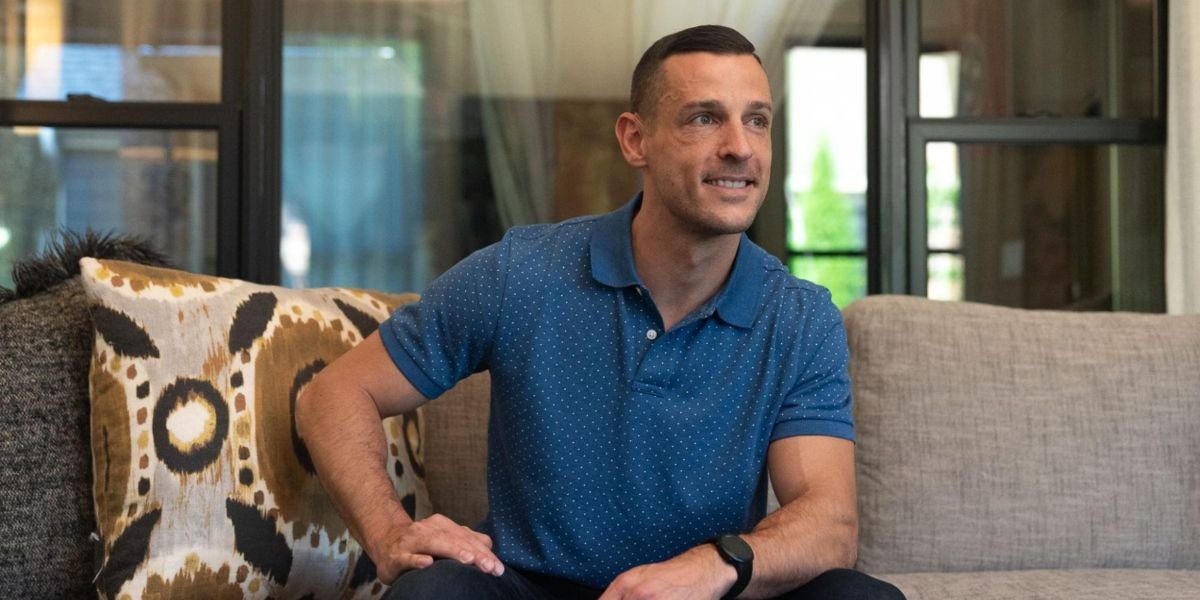Benefit concerts have long been a powerful tool for raising awareness, funds, and support for charitable causes. Combining entertainment with philanthropy, these events offer a unique opportunity for artists, audiences, and corporate sponsors to come together and make a tangible difference in the world. From massive international events like Live Aid to smaller, community-driven concerts, benefit shows have proven to be a dynamic platform for addressing social issues, promoting change, and mobilizing resources. This article explores the charity that comes with benefit concerts, examining their impact, challenges, and future potential.
Read also: Why Some Artists Give Away Their Songs to Their Peers
Overview of Benefit Concerts
Definition of Benefit Concerts
Benefit concerts are musical performances organized specifically to raise funds or awareness for a charitable cause. The proceeds from ticket sales, merchandise, and sometimes corporate donations are directed toward nonprofit organizations, disaster relief efforts, health initiatives, or other social causes. These concerts often feature prominent musicians and can be held in large arenas, small venues, or even virtual platforms.
History of Benefit Concerts
Benefit concerts have a rich history dating back to the early 20th century, but it was in the 1980s that they became a global phenomenon. The most famous example, Live Aid (1985), was a pivotal moment in the history of benefit concerts, raising over $125 million for famine relief in Ethiopia. Since then, benefit concerts have become a staple in the music industry, with numerous events aimed at addressing various issues such as disease awareness, human rights, and environmental conservation.
Key Players in Benefit Concerts
Artists, organizations, and fans all play a role in the success of benefit concerts. Musicians and celebrities use their platform and influence to raise awareness and inspire action, while nonprofit organizations provide the infrastructure and expertise to ensure funds are directed to where they are needed. The public’s engagement—through ticket sales, donations, and volunteer work—also contributes to the overall success of the event.
Charitable Impact of Benefit Concerts
Raising Funds for Causes
One of the primary goals of benefit concerts is to raise money for specific causes. The funds generated through ticket sales, merchandise, and direct donations can have a significant impact on charities and their programs. For example, in 2001, The Concert for New York raised millions for victims of the September 11 attacks. These funds help charities provide direct aid, fund research, or support long-term projects that would otherwise lack financial resources.
Spreading Awareness
Benefit concerts do not only raise funds but also serve as a platform to spread awareness about critical social issues. Whether addressing health concerns like AIDS or advocating for climate change action, these concerts often shine a spotlight on underfunded causes. The global attention these events receive helps educate the public, mobilize activists, and build community support for necessary changes.
Supporting Long-Term Projects
In many cases, benefit concerts go beyond providing short-term aid by supporting long-term projects. Funds raised may be allocated toward initiatives like education, infrastructure, or healthcare in underdeveloped regions. This sustained support can make a lasting impact on communities, providing essential resources that continue to benefit people for years after the concert.
Promoting Social Change
Benefit concerts often align with social movements and can play an integral role in advocating for change. These concerts create a platform for musicians and activists to voice their opinions on issues like racial justice, poverty, and human rights. The collective energy generated by large audiences can bring attention to global challenges, inspire action, and influence policy decisions.
Famous Benefit Concerts
Live Aid
Perhaps the most iconic benefit concert in history, Live Aid brought together some of the world’s biggest music stars in 1985 to raise funds for famine relief in Ethiopia. Organized by Bob Geldof and Midge Ure, the concert was broadcast live to an audience of over 1.5 billion people worldwide. The event raised over $125 million and proved the power of music in making a difference on a global scale.
Concert for Bangladesh
Held in 1971, the Concert for Bangladesh was one of the first major benefit concerts organized by George Harrison to raise money for refugees affected by the Bangladesh Liberation War. This groundbreaking event at Madison Square Garden featured artists such as Bob Dylan, Eric Clapton, and Ringo Starr, raising over $12 million and laying the groundwork for future benefit concerts.
The Concert for New York
Following the September 11 attacks, the Concert for New York was held in 2001 to raise funds for victims and first responders. The event, which included performances by artists like Paul McCartney, The Rolling Stones, and Billy Joel, not only raised millions of dollars but also helped provide emotional support during a time of national tragedy.
One Love Manchester
In 2017, following the bombing at an Ariana Grande concert in Manchester, UK, the One Love Manchester concert was organized to raise funds for the victims and their families. The concert featured performances by Ariana Grande, Justin Bieber, Coldplay, and other major artists. It raised over $23 million and highlighted the healing power of music in the face of tragedy.
Artists’ Roles in Benefit Concerts
Musicians as Advocates
Musicians are at the heart of benefit concerts. They use their fame and musical talents to draw attention to important causes, perform for free, and encourage their fans to contribute. By leveraging their influence, artists can amplify the message of a charity and inspire large-scale support. Musicians like Bono, Madonna, and Bruce Springsteen have been active advocates for causes ranging from poverty alleviation to environmental sustainability.
Celebrity Engagement
Celebrities often take part in benefit concerts, either by performing or by lending their influence to promote the event. This celebrity engagement can draw significant media attention to the cause, encouraging a wider audience to attend the concert or make a donation. The presence of well-known personalities helps generate excitement and buzz, making benefit concerts more appealing to fans.
Influence on Fan Communities
The participation of artists in benefit concerts also has a ripple effect within their fan communities. Fans are often inspired by their idols’ commitment to charitable causes and may follow suit by donating money or volunteering their time. This sense of community is essential in ensuring that the impact of benefit concerts extends beyond the event itself.
Corporate Sponsorship and Partnership
Corporate Involvement in Charitable Concerts
Corporations often play a significant role in the success of benefit concerts. Through sponsorships, corporate brands help fund the event and ensure its success. Companies may donate funds, products, or services, and some even offer matching donations to increase the funds raised. Corporate involvement not only provides the financial backing needed to organize large-scale events but also helps bring additional visibility to the cause.
Sponsorship and Funding
Corporate sponsorship provides essential funding for benefit concerts, covering the costs of organizing the event, paying artists, and managing logistics. In exchange, sponsors gain brand visibility and recognition for supporting a good cause. This partnership can be a win-win situation, where the company supports social change while also aligning itself with values of corporate social responsibility (CSR).
Branding and Corporate Social Responsibility
Benefit concerts are an excellent opportunity for companies to showcase their commitment to social causes. By partnering with nonprofit organizations and backing charitable events, companies can improve their public image and strengthen their CSR initiatives. This type of partnership helps businesses connect with consumers who value ethical practices and community engagement.
Challenges in Organizing Benefit Concerts
Logistical Complexities
Organizing a benefit concert involves considerable logistical planning, including venue selection, artist coordination, ticket sales, and media coverage. These events require careful organization to ensure that everything runs smoothly and that the cause remains the focal point. Coordinating the schedules of multiple artists, securing sponsorships, and managing volunteer teams can be a complex and time-consuming task.
Event Coordination
The success of a benefit concert relies heavily on effective event coordination. From security and ticketing to handling donations and ensuring that the charity receives the funds raised, event organizers must manage a wide range of responsibilities. Ensuring that everything runs smoothly on the day of the event requires a well-organized team and clear communication.
Balancing Entertainment with Charity Goals
Another challenge is balancing entertainment with the event’s charity goals. While benefit concerts are designed to raise funds and awareness, they must also provide high-quality entertainment to attract audiences. Striking the right balance between musical performance and promoting the cause is essential for ensuring the event is both enjoyable and impactful.
Read also: The Power of Amplifiers: Choosing the Perfect Amp for Your Guitar Sound
The Future of Benefit Concerts
Digital Benefit Concerts
In recent years, digital benefit concerts have become more popular, especially during the COVID-19 pandemic. Virtual events offer global accessibility and allow people from all over the world to participate in supporting a cause. Digital platforms like YouTube, Instagram Live, and Facebook have made it easier to host virtual concerts and connect with fans in real-time, offering a new way to engage audiences and raise funds.
Virtual Fundraising Events
Along with virtual concerts, fundraising events have moved online, allowing donors to contribute digitally through social media platforms or dedicated fundraising websites. These online platforms have increased the reach and impact of benefit concerts, providing an avenue for more people to get involved and contribute to a cause.
Global Outreach and Accessibility
Benefit concerts are increasingly reaching global audiences, with virtual events breaking down geographic barriers. As streaming technology improves, benefit concerts have the potential to become even more accessible to a broader audience, creating more opportunities to support causes around the world. This global outreach could help address pressing international issues such as climate change, human rights, and global health crises.
Benefit concerts are more than just music events—they are powerful tools for social change. By bringing together artists, fans, and corporate sponsors, these concerts raise funds, spread awareness, and promote lasting impact for charitable causes. Despite the challenges involved in organizing these events, the charitable benefits far outweigh the complexities. As technology evolves, benefit concerts will continue to adapt, providing new opportunities for global engagement and making a difference in the lives of those who need it most.














